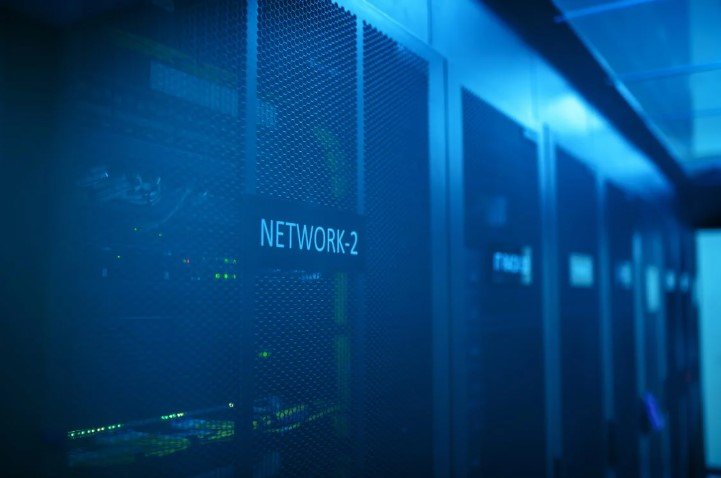Essential Lift Parts You Need to Know for Safe and Efficient Elevators
Elevators are integral to modern buildings, making vertical transportation safe, efficient, and convenient. The reliable operation of elevators depends on high-quality lift parts and robust elevator equipment. From residential apartments to commercial skyscrapers, understanding the components and maintenance of elevators can make a significant difference in their performance and longevity. This guide will take you through everything you need to know about lift parts and elevator equipment.
What Are Lift Parts and Elevator Equipment?
Lift parts are the individual components that work together to ensure the smooth operation of elevators. These parts include both mechanical and electrical systems that make elevators functional and safe. Elevator equipment refers to the additional devices and tools, like motors, control panels, and safety systems, that enhance the performance of lift systems.
Elevator systems rely on well-engineered parts to maintain safety and efficiency, whether they are hydraulic elevators, traction lifts, or machine-room-less systems.
Key Components of Elevators
Elevators consist of various mechanical and electrical components that work in harmony. Let’s explore these crucial parts in detail.
Mechanical Lift Parts
- Elevator Cab
The passenger or freight compartment where users travel. This is the most visible part of the elevator system. - Counterweight
A weight that balances the elevator cab to minimize the energy required to lift and lower it. - Guide Rails
Installed within the elevator shaft, these ensure that the elevator cab and counterweight move in a straight line. - Suspension Ropes
Steel cables that carry the elevator cab and counterweight. These ropes are connected to the motor and provide vertical movement. - Buffers
Located at the bottom of the shaft, buffers act as a safety cushion to absorb the impact in case of emergencies.
Electrical Lift Parts
- Motor
Powers the movement of the elevator, controlling its speed and direction. - Control System
Regulates elevator functions, including floor selection, speed control, and emergency responses. - Sensors
Detect the elevator’s position within the shaft and ensure smooth door operations. - Safety Devices
These include emergency brakes, interlocks, and governor systems, which safeguard passengers during emergencies. - Lighting and Communication Systems
Provide visibility inside the cab and enable communication during emergencies via intercoms or alarm systems.
Different Types of Lift Parts
To better understand lift parts, let’s break them down into categories based on their function:
Structural Parts
- Car Frame: Provides support to the cab and ensures structural integrity.
- Platform: The base of the elevator cab where passengers stand or goods are placed.
Operational Parts
- Traction Sheave: Transfers motion from the motor to the suspension ropes.
- Machine Room Equipment: Houses the motor, drive system, and control panel.
Safety Parts
- Emergency Brakes: Stop the elevator in case of speed irregularities.
- Interlocks: Prevent the elevator from operating unless doors are fully closed.
Comfort Parts
- Door Operators: Automatically open and close the doors.
- Cab Interiors: Include handrails, mirrors, and ventilation for a pleasant user experience.
How to Maintain Lift Parts?
Proper maintenance of lift parts is essential for their smooth functioning and longevity. Here are some tips to keep your elevator equipment in top shape:
- Routine Inspections
Schedule regular inspections by certified technicians to check the mechanical and electrical systems. - Lubrication of Moving Parts
Apply appropriate lubricants to guide rails, pulleys, and other moving parts to reduce friction. - Timely Repairs and Replacements
Replace worn-out parts such as suspension ropes, door operators, or sensors before they fail. - Cleaning the Shaft
Regularly clean the hoistway to prevent debris from damaging the lift parts. - Safety Testing
Periodically test emergency brakes, buffers, and interlocks to ensure they are functioning correctly. - Software Updates
For modern elevators, ensure that control systems and software are up-to-date for optimal performance.
Benefits of Using High-Quality Lift Parts
Investing in quality lift parts and equipment offers several advantages:
- Enhanced Safety: Reliable safety components protect passengers during operation or emergencies.
- Increased Efficiency: Premium parts ensure smoother and faster rides.
- Reduced Downtime: High-quality components are less prone to failure, minimizing maintenance disruptions.
- Cost Savings: While initial costs may be higher, durable parts reduce long-term repair expenses.
Common Issues with Lift Parts
Even with regular maintenance, some issues can arise with lift parts, such as:
- Worn Suspension Ropes: Frayed ropes can compromise the elevator’s safety.
- Faulty Door Operators: Doors that fail to open or close properly can cause delays and safety risks.
- Malfunctioning Sensors: May lead to uneven floor leveling, creating a tripping hazard.
- Noisy Operation: Indicates potential problems with guide rails or lubrication.
Address these issues immediately to avoid costly repairs or safety hazards.
FAQs
1. What are the most critical lift parts in an elevator?
The most critical parts include the motor, control system, suspension ropes, safety devices, and door operators. These components ensure safe and efficient operation.
2. How often should lift parts be replaced?
Replacement depends on usage and wear. For example, suspension ropes typically last 5–10 years, while door operators may need replacement every 3–5 years.
3. Can I upgrade specific lift parts instead of replacing the entire elevator system?
Yes, you can upgrade parts like control panels, motors, or lighting to improve efficiency without replacing the entire system.
4. Are all lift parts standardized?
Not all lift parts are universal. Some are specific to the manufacturer or model. Always consult an expert to ensure compatibility.
5. How can I find reliable suppliers for lift parts?
Look for suppliers with industry certifications, positive customer reviews, and warranties for their products.
Conclusion
Elevators play a crucial role in our daily lives, and their efficiency depends on the quality of their lift parts and equipment. Understanding the components, maintenance needs, and common issues can help building owners and managers ensure their elevators run smoothly and safely.
Invest in high-quality lift parts and partner with reliable service providers to maximize the performance and longevity of your elevator systems. With proper care, your elevator can provide safe and efficient transportation for years to come.














Post Comment